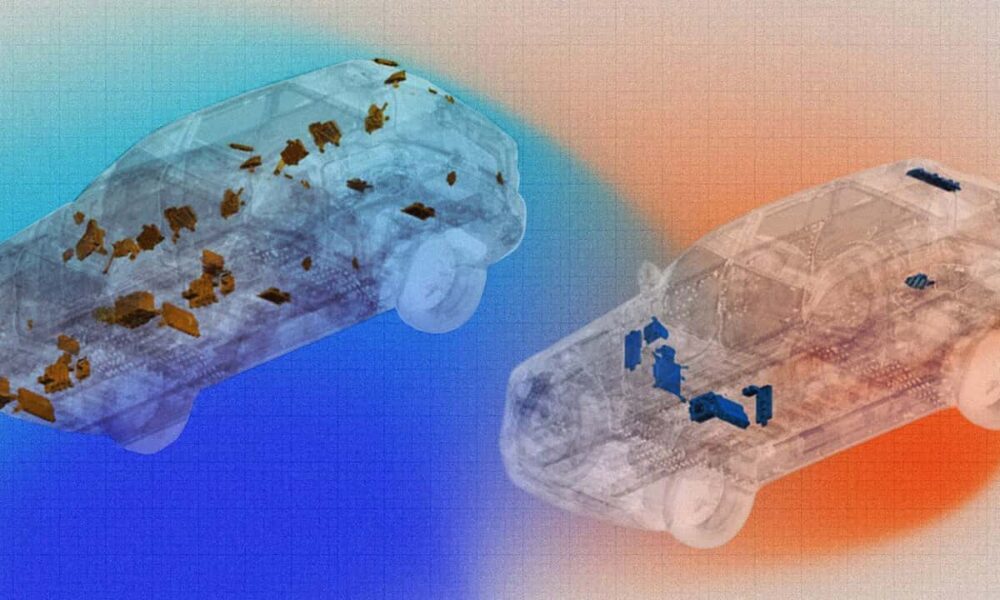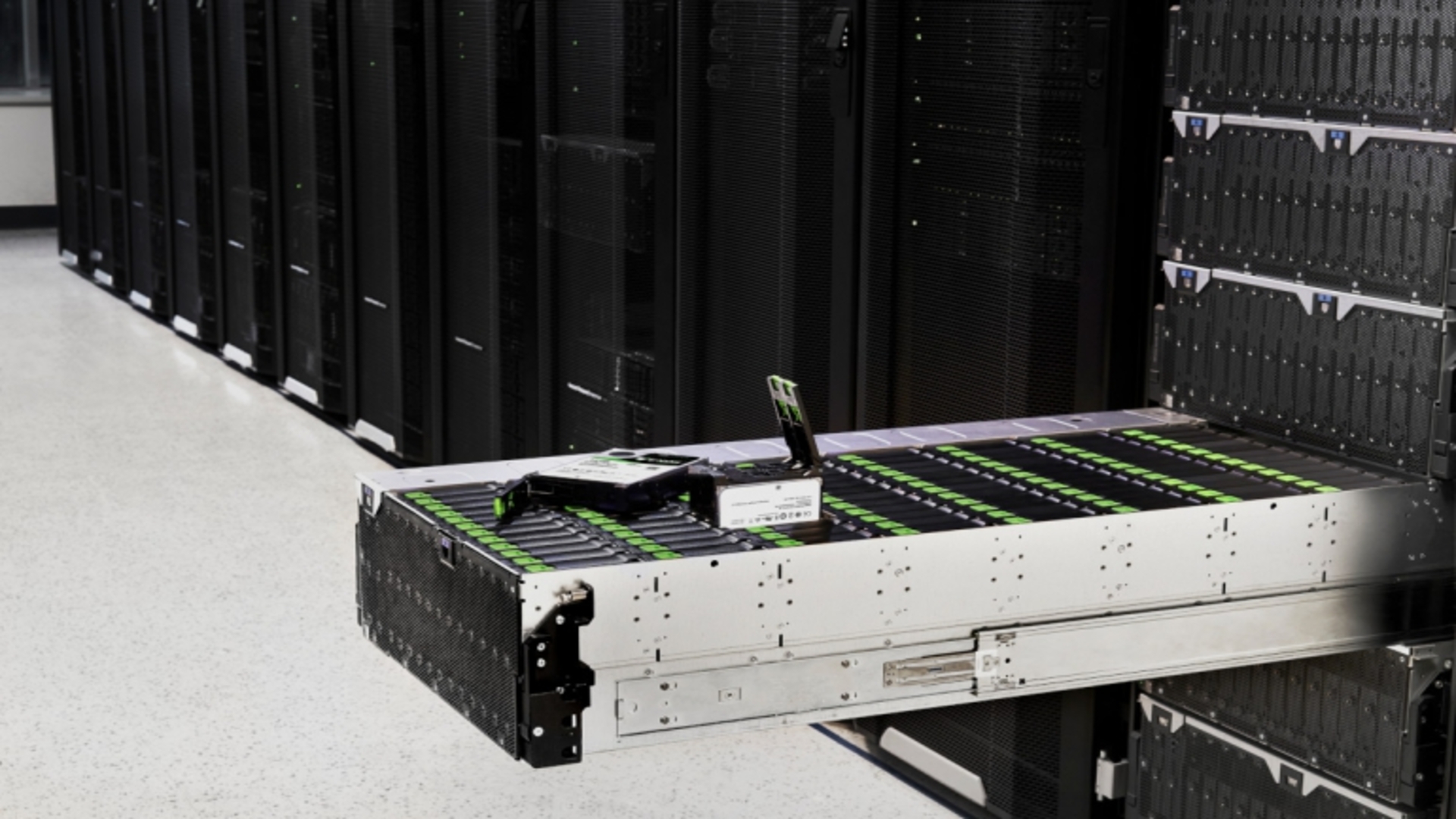UPDATE: General Motors has just announced a groundbreaking shift in automotive technology that will revolutionize both electric and gasoline vehicles. During the GM Forward tech event in New York City yesterday, executives unveiled plans for a new centralized compute architecture set to debut with the Cadillac Escalade IQ in 2028. This innovative system aims to integrate advanced software and hardware, significantly transforming gas-powered cars alongside the electric vehicle (EV) market.
This transition is crucial as the automotive industry faces challenges with EV sales slowing and traditional gas-powered vehicles still in demand. GM’s new approach promises to streamline manufacturing processes, cutting costs and complexity while enhancing vehicle performance and capabilities.
Leading the charge, David Richardson, GM’s Senior Vice President of Software and Services Engineering, stated, “It’s propulsion-agnostic, which means that this technology will run across both electric and gas vehicles… and the payoff is massive.” The goal is to leverage advancements typically reserved for EVs and apply them to gas vehicles, making them more efficient and easier to maintain.
GM’s innovative system will replace traditional fuse boxes with a network of fewer, more powerful computers that manage multiple functions simultaneously. Specifically, one central computer will handle functions that previously required up to twelve separate modules, greatly reducing the complexity of vehicle wiring and maintenance.
“We’ve moved away from standard fuse boxes,” Gary Cygan, the Director of Platform Engineering at GM, explained. “The aggregators handle those functions instead. It means quicker addition of new features over time.” This could lead to a future where gas cars benefit from the same rapid software updates that EVs enjoy, delivering enhanced capabilities without the hassle of extensive repairs.
As the auto industry evolves, GM’s centralized architecture will enable a robust software ecosystem, allowing vehicles to receive up to ten times more software updates than previous models. This means richer entertainment options and improved safety features for consumers—an essential factor in today’s technology-driven market.
However, the transition is not without its challenges. Cygan noted that adapting the cooling systems for both EVs and internal combustion engine (ICE) vehicles presents unique hurdles, but GM is determined to overcome these obstacles to ensure seamless integration across its vehicle lineup.
The potential impact on consumers is significant. Lower material costs and fewer components may lead to reduced prices in the long run, although the initial pricing structure remains uncertain. Nonetheless, the promise of advanced features and improved vehicle performance makes this development one to watch closely.
While excitement builds around GM’s future vision, industry experts remain cautious. The success of this centralized architecture hinges on its implementation and the ability to deliver on promises of enhanced performance and reliability.
As GM gears up for the 2028 launch of the Cadillac Escalade IQ, all eyes will be on how this innovative approach reshapes the automotive landscape, merging the worlds of gas and electric vehicles. With GM’s ambitious plans for robotics, AI, and autonomous driving systems, the future of driving is poised for a significant transformation, regardless of the fuel type.
Stay tuned for more updates on this developing story as GM continues to push boundaries in automotive technology.







